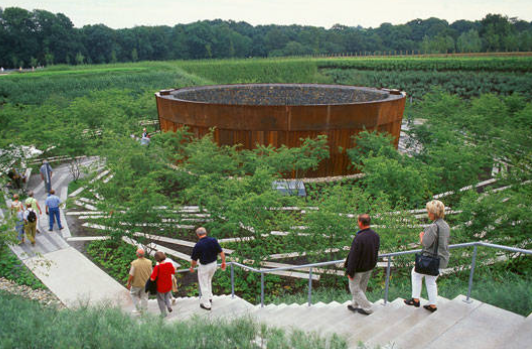German landscape architects are at the forefront of designing spaces that harmonize with nature, reflecting a deep respect for the environment and sustainable practices. Their innovative approaches to landscape architecture not only enhance aesthetics but also promote biodiversity and improve community well-being. In a world increasingly focused on sustainability, understanding the work and influence of these architects can inspire similar initiatives globally.
Exploring the Work of Renowned German Landscape Architects
Germany is home to several influential landscape architects who have made significant contributions to the field. Figures like Peter Latz and Ute Schneider have redefined urban landscapes, reimagining how public and private spaces interact with the environment. Latz’s work, particularly on the Landschaftspark Duisburg-Nord, exemplifies how industrial sites can be transformed into lush, vibrant urban parks. These projects not only beautify communities but also reclaim degraded land, showcasing a blend of art and environmental stewardship.
Sustainable Practices in Landscape Architecture
Sustainability is a core principle for many German landscape architects. They prioritize eco-friendly materials, native plantings, and methods that minimize environmental impact. For instance, the use of rain gardens and green roofs has gained popularity as urban spaces seek to manage stormwater runoff and mitigate the urban heat island effect. By incorporating these sustainable practices, landscape architects in Germany are setting benchmarks for environmentally responsible design, which many other countries are starting to embrace as well.
The Role of Landscape Architecture in Urban Planning
In the realm of urban planning, landscape architecture plays a critical role in enhancing the quality of life for city dwellers. German landscape architects collaborate closely with urban planners to create multifunctional spaces that cater to various community needs. Whether it’s designing pedestrian-friendly streetscapes or engaging public parks, their work fosters connections among people while providing essential ecosystem services. Cities such as Berlin and Munich have seen how thoughtful landscape design can transform public spaces into hubs of activity, promoting social interaction and a sense of belonging among residents.
In conclusion, the contributions of German landscape architects significantly impact both the environment and urban life. Their innovative and sustainable approaches to design not only enhance the beauty of our surroundings but also create spaces that nurture community and biodiversity. To learn more about their projects and how similar principles can be applied in your area, consider exploring local initiatives or following the latest trends in landscape architecture.

